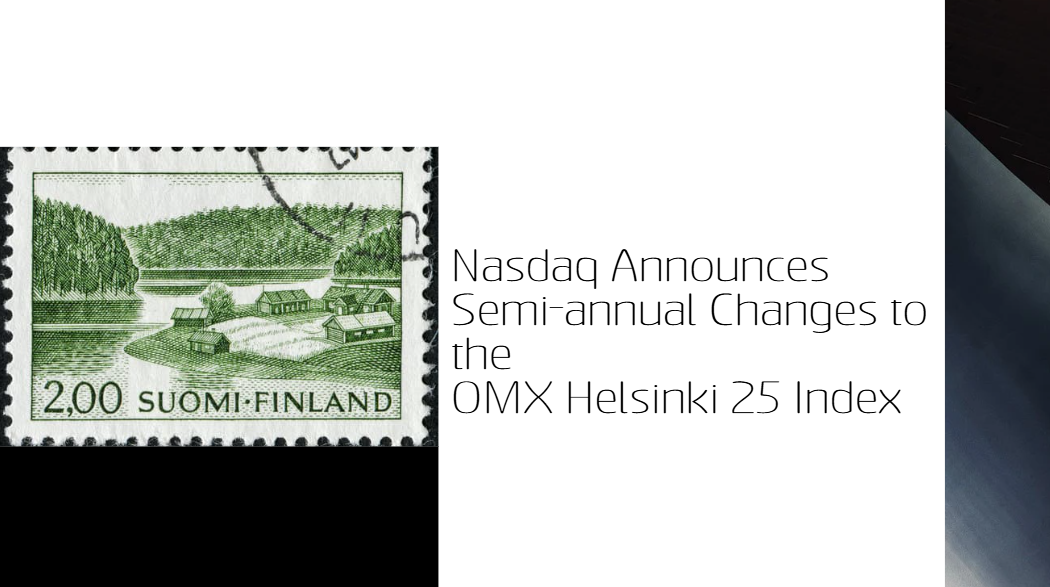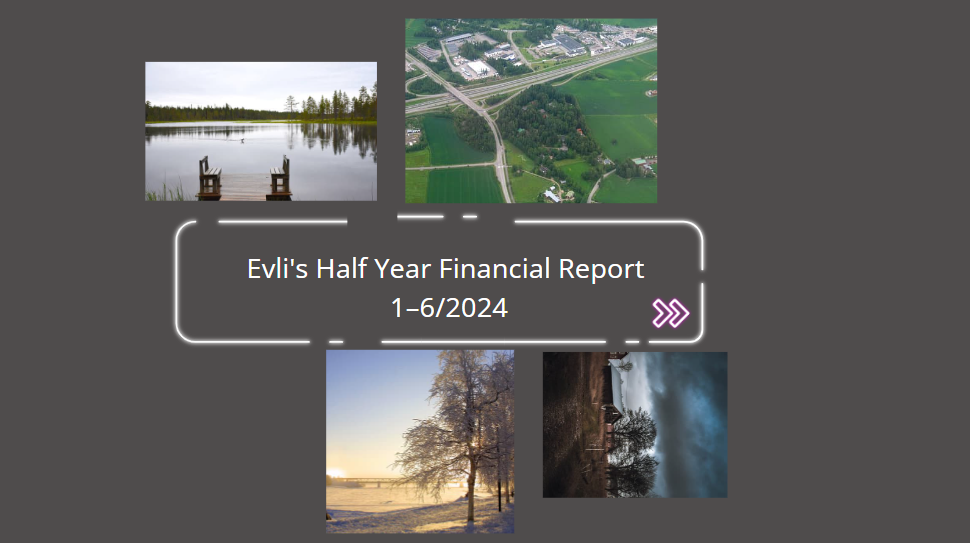Green bonds remain popular in an otherwise sluggish market for sustainable finance
The popularity of green bonds in particular boosted the euro market for sustainable corporate finance in the first half of 2024: the number of green bonds issued increased by 43% year on year. Other highly topical themes include transition finance and the social impacts of the green transition.
In January–June 2024, the volume of sustainable corporate finance in the euro market increased by 5% from a year ago. At the end of June 2024, OP's commitment portfolio in sustainable finance totalled EUR 7.9 billion, up by more than 20% from the end of 2023.
The debt market for sustainable corporate finance mainly comprises corporate loans and corporate bonds. While green bonds drove growth in the sustainable finance market during the first half, other products in sustainable corporate finance showed a slight decline.
"The sustainable finance market is undergoing a transformation and seeking a direction. High interest rates and increased costs have reduced companies' investment appetite, which is particularly reflected in the slow progress of green projects. However, we expect favourable market movements to continue in the years to come, alongside the development of green and other instruments," says Asko Siintola, Head of Sustainable Finance at OP Corporate Bank.
Meanwhile, green bonds have continued to be very popular in the debt markets. Following a record number of transactions in 2023, the number of green bonds continued to rise in January–June, showing growth of 43% on a year earlier. Green bonds have become a mainstream product in the market.
"This year, green bonds have accounted for almost 60% of the volume of euro-denominated bonds issued by Finnish companies, as an increasing number of issuers have switched from traditional to green bonds. Meanwhile, investors are opting for green bonds to ensure that their investments will be considered sustainable also in the future investment environment, which will emphasise low emissions," says Jani Koivula, Head of Debt Capital Markets at OP.
Issuers and investors alike have regained their interest in green bonds over bonds linked to sustainability criteria. The terms of sustainability-linked bonds are tied to companies' general sustainability goals, which encourages them to engage in more sustainable business, whereas green bonds are used to finance individual operations or projects that have a measurable positive impact on sustainability. The EU Taxonomy, a joint European classification system for sustainable economic activities, supports the green finance market by making it easier for investors and businesses to identify and define green investments.
"Similarly to sustainability-linked loans, sustainability-linked bonds provide companies with more freedom in using funds. In recent years, however, there has been some criticism for shortcomings in areas such as lack of ambition in their targets, the instrument's structuring, and transparency. A growing number of issuers and investors prefer green bonds over sustainability-linked ones because green bond investments are comparatively easy to showcase and justify, which reduces concerns about greenwashing risks," Koivula explains.
Transition finance provides opportunities to support the green transition in carbon-intensive sectors
Markets are seeing signs of the emergence of transition finance, a new sustainable finance product. Interest was initially aroused by the first-ever transition bond, which was issued in Asia during the spring.
Transition finance is about enabling carbon-intensive companies to make a credible, gradual transition towards lower emission activities, based on a transition plan. It also provides opportunities for transition-supporting investments that can't necessarily be defined as green investments in traditional terms. Until now, carbon-intensive sectors have largely been unable to obtain green finance.
"Transition finance is a highly topical theme because green finance alone is insufficient for achieving the climate targets of the Paris Agreement. An international working group has begun to develop a financing approach that will support the climate transition. The aim is to publish the first drafts of the principles underlying transition loans in the autumn," says Siintola.
So-called social bonds, issued by companies to raise funds for social projects, also became more common in the euro market in the first half of 2024. The recent growth in social bonds indicates a phenomenon known as the just transition.
"The just transition refers to minimising the negative social impacts of transitioning to a low-carbon economy, such as job losses. This phenomenon is also reflected among green bond investors, some of whom have begun to take account of the parallel social and economic benefits of projects," concludes Siintola.























































First, please LoginComment After ~